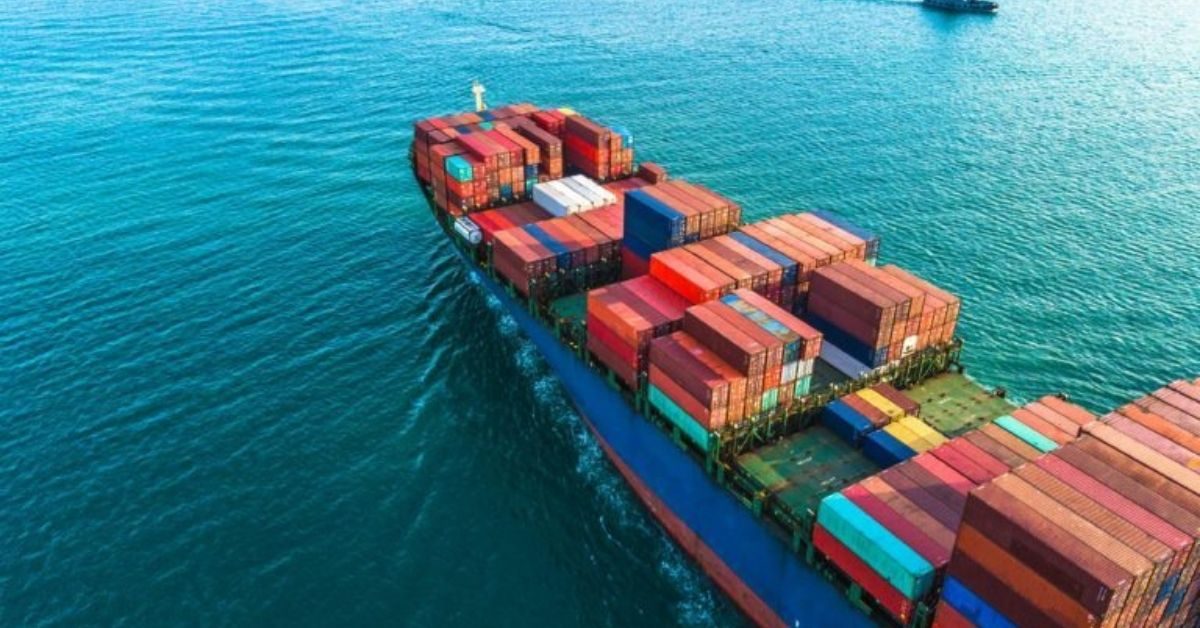The world remains deeply connected by virtue of global trade, but the geometry of economies’ connections has been shifting. Some major economies are moving toward trading more with geopolitically closer partners, while others continue to deepen their international trade networks both geographically and across the geopolitical spectrum.
Asia is at the forefront of this shifting geometry of global trade in all its shapes. How changing trade patterns will play out is far from certain, but four key trends in the region are already evident. Understanding these trends can help business leaders anticipate the shape of the region’s economic landscape and the region’s role in global markets.
Trade connections within Asia are intensifying economic interdependence
Asia is now the world’s second-most integrated trade region, after the European Union. In 2022, nearly 57 percent of the value of Asia’s trade originated within the region, up from 54 percent in 2000. This stands in contrast to most other regions, which have witnessed declines in the intraregional share of trade. Asia’s regional trade integration has been driven by the rapid growth of manufacturing supply chains across borders. About two-thirds of intra-Asian trade is in “intermediates”—parts used in the manufacture of other goods.
The deepening economic interdependence of China and the Association of Southeast Asian Nations (ASEAN)—each other’s largest trading partners—stands out. ASEAN accounted for 15 percent of China’s total trade in 2023, up from 10 percent in 2010, while China accounted for 20 percent of ASEAN’s total trade in 2023, up from 12 percent in 2010. Further integration could be propelled by the Regional Comprehensive Economic Partnership, the world’s largest free-trade agreement, which covers 15 economies in the Asia–Pacific region.
As Asian economies’ trade expands, some choose geopolitically close trading partners
Asian economies are increasingly participating in trade, and geopolitics may be influencing the shape of this growth. Globally, between 2017 and 2023, the value of goods traded grew by around 5 percent each year, on average. Many Asian economies’ annual trade grew faster: by 6 percent in ASEAN, by more than 7 percent in China and India, and by 8 percent in Vietnam.
Geopolitics may be exerting an increasing influence on the shape of this growth. The McKinsey Global Institute has developed a measure of the “geopolitical distance” of trade—an analog of geographic distance—that quantifies how geopolitically close an economy is to its trade partners. According to this metric, between 2017 and 2023, the average geopolitical distance of trade fell by 4 percent for China; for Japan and South Korea, geopolitical distance fell by 4 percent and 6 percent, respectively. This indicates that the trade of these economies has shifted to geopolitically closer partners. However, this is not a universal trend. Notably, geopolitical distance has remained stable for ASEAN and India; their trade continues to span a broad geopolitical spectrum, although geopolitics may reshape their trade ties in the coming years.
Certain Asian economies are emerging as global connectors
Between 2017 and 2023, trade between the United States and China fell, but ASEAN emerged as a “connector” between these two economies. In this period, ASEAN imports from China surged while ASEAN exports increasingly went to the United States. In the case of Vietnam, the value of imports from China doubled—an addition of $50 billion—and its exports to the United States increased by $60 billion. A similar, although less pronounced, trend can be seen in Malaysia, the Philippines, and Thailand.
In the case of India, its trade with Russia grew substantially, reflecting a 12-fold increase in imports of energy resources. Meanwhile, India has been increasing exports such as electronics, pharmaceuticals, rubber, and plastics to both Europe and the United States. Despite geopolitical tensions, China’s position as the world’s largest exporter remains strong, and its export share has increased slightly in recent years, from 13 percent in 2019 to 14 percent in 2023.
Trends in foreign direct investment may indicate further trade reconfiguration
Foreign direct investment (FDI) can presage shifts in trade. Announced greenfield investments into India have surged, increasing by around 35 percent in 2022–23 compared with prepandemic averages, according to fDi Markets data, with the manufacturing, electronics, IT, healthcare, and renewable-energy sectors largely driving this rise. Announced greenfield FDI into ASEAN increased by 10 percent in the same period. Conversely, announced investment into China fell by more than 60 percent in 2022–23 compared with prepandemic averages.
These changes suggest that the connector role of some Asian economies—indicated by the shift of investment away from China and toward other Asian economies—may strengthen further. The surge of investment into India provides a basis for expecting continued growth as a global supplier of goods and services.






